* (restored)
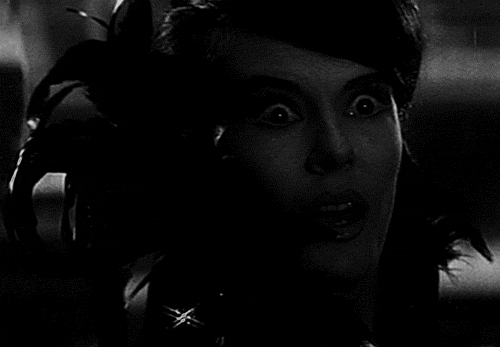
‘Thanks to the two most famous roles of her career—the enigmatic woman referred to only as A in Alain Resnais’ Last Year at Marienbad and the middle-aged widow stuck in domestic routine in Chantal Akerman’s Jeanne Dielman, 23, quai du Commerce, 1080 Bruxelles—Delphine Seyrig is often thought of as an inscrutable performer. But this versatile French actress was also capable of great emotional immediacy and openness in her roles.
‘The daughter of an archaeologist, Seyrig was a cosmopolite at a young age, having already lived in Lebanon, New York, and the south of France by the time she was twenty. She then studied acting in both France and the United States (at the Actors Studio). Her first screen performance was in the 1958 beat generation short Pull My Daisy, also featuring Jack Kerouac and Allen Ginsberg, shot in New York. A few years later, Last Year at Marienbad—in which Seyrig plays a woman wandering the fever-dream-like interior of a château, where she may or may not have been before—made her an icon of the French New Wave.
‘Seyrig would go on appear in films by François Truffaut (Stolen Kisses, one of her most romantic parts), William Klein (she was never more delightfully off-kilter than in the satiric Mr. Freedom), Luis Buñuel (as the ever-gracious hostess in The Discreet Charm of the Bourgeoisie), Joseph Losey, Jacques Demy, Akerman, and other important film directors of the sixties and seventies.’ — Criterion Collection
‘Delphine Seyrig was born into an intellectual Protestant family. Her Alsatian father, Henri, was the director of the Beirut Archaeological Institute and later France’s cultural attaché in New York during World War II. Her mother, Hermine de Saussure, was Swiss, and the niece of linguist/semiologist Ferdinand de Saussure.
‘Delphine was the sister of composer Francis Seyrig. Her family moved from Lebanon to New York when she was ten. When the family returned to Lebanon in the late 1940s, she was sent to school at the Collège Protestant de Jeunes Filles, which had been founded by Protestant pacifists and social justice activists in 1938. She attended the school from 1947 to 1950.
‘As a young woman, Seyrig studied acting at the Comédie de Saint-Étienne, training under Jean Dasté, and at Centre Dramatique de l’Est. She appeared briefly in small roles in the 1954 TV series Sherlock Holmes. In 1956, she returned to New York and studied at the Actors Studio. In 1958 she appeared in her first film, Pull My Daisy. In New York she met director Alain Resnais, who asked her to star in his film Last Year at Marienbad. Her performance brought her international recognition and she moved to Paris. Among her roles of this period is the older married woman in François Truffaut’s Baisers volés (1968).
‘During the 1960s and 1970s, Seyrig worked with directors including Truffaut, Luis Buñuel, Marguerite Duras, and Fred Zinnemann, as well as Resnais. She achieved recognition for both her stage and film work, and was named best actress at the Venice Film Festival for her role in Resnais’ Muriel ou Le temps d’un retour (1963). She played many diverse roles, and because she was fluent in French, English and German, she appeared in films in all three languages, including a number of Hollywood productions.
‘Seyrig may be most widely known for her role as Colette de Montpelier in Zinnemann’s 1973 film The Day of the Jackal. In turn, perhaps her most demanding role was in Chantal Akerman’s 1976 film Jeanne Dielman, 23 quai du Commerce, 1080 Bruxelles, in which she was required to adopt a highly restrained, rigorously minimalistic mode of acting to convey the mindset of the title character.
‘Seyrig was a major feminist figure in France. Throughout her career, she used her celebrity status to promote women’s rights. The most important of the three films she directed was the 1977 Sois belle et tais-toi (Be Pretty and Shut Up), which included actresses Shirley MacLaine, Maria Schneider, and Jane Fonda, speaking frankly about the level of sexism they had to deal with in film industry. She also directed with Carole Roussopoulos an adaptation of the SCUM Manifesto by Valerie Solanas. In 1982 Seyrig was the key member of the group that established the Paris-based “Centre Audiovisuel Simone de Beauvoir”, which maintains a large archive of women’s filmed and recorded work and produces work by and about women. In 1989, Seyrig was given a festival tribute at Créteil International Women’s Film Festival, France.
‘Seyrig died in Paris in 1990, aged 58, from ovarian cancer (although some sources simply state “lung disease” or “following a long illness”). She was interred there in Cimetière du Montparnasse.’ — collaged
____
Stills
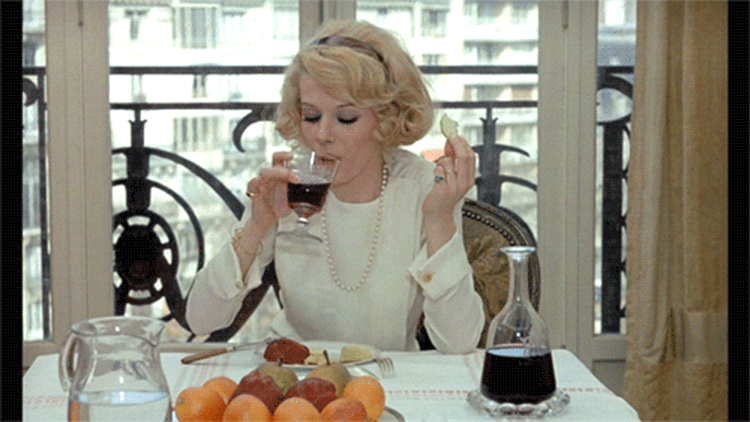
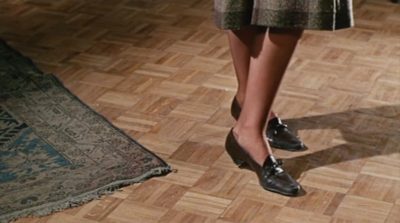
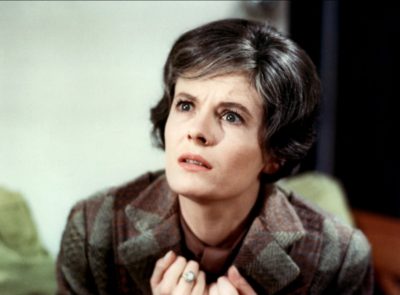
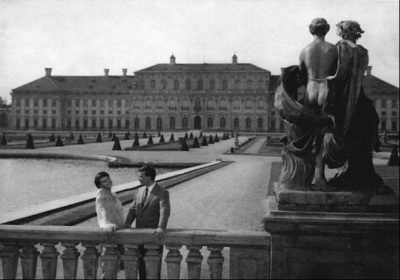

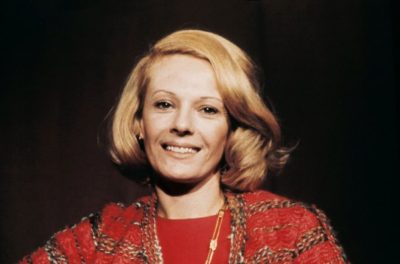
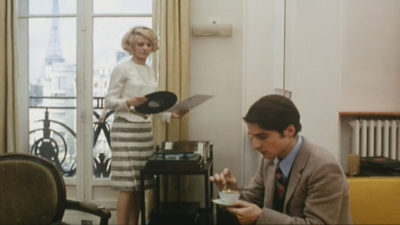

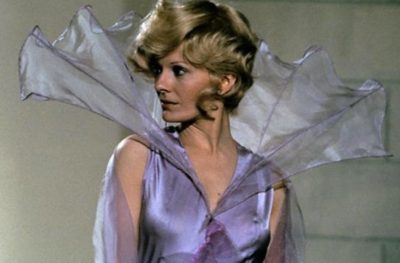
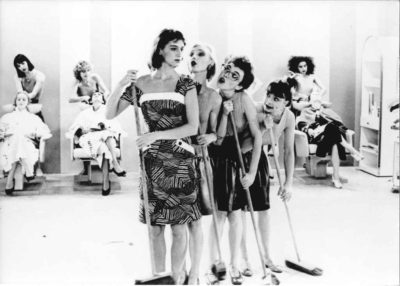
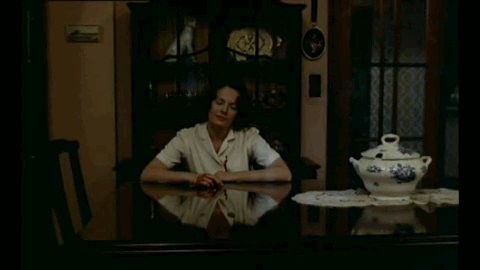
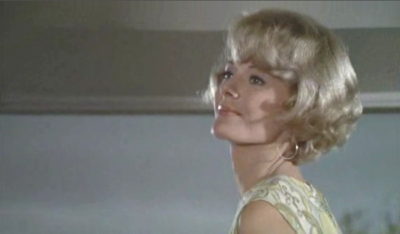

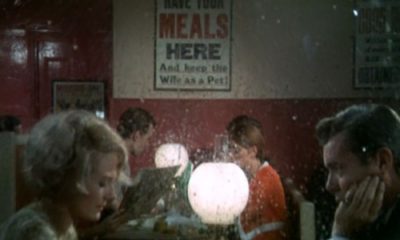

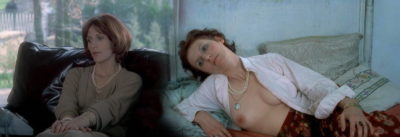
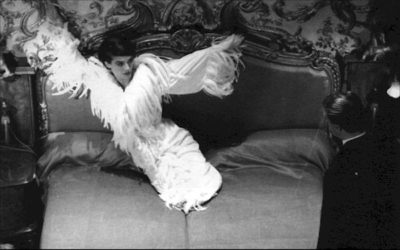
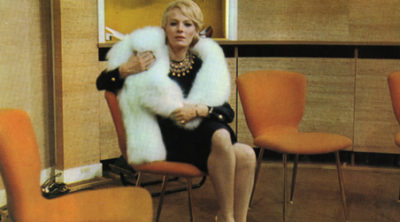

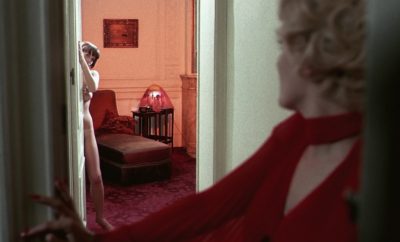
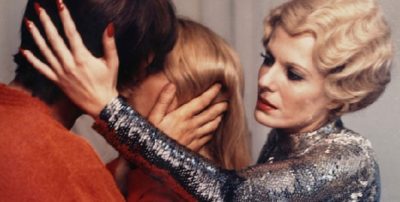
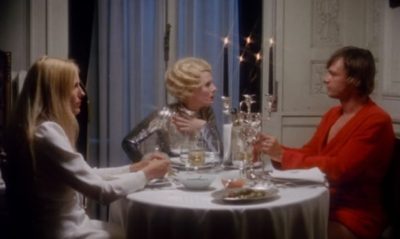

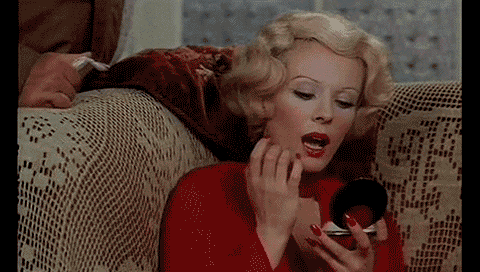
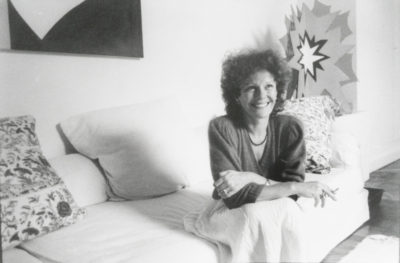
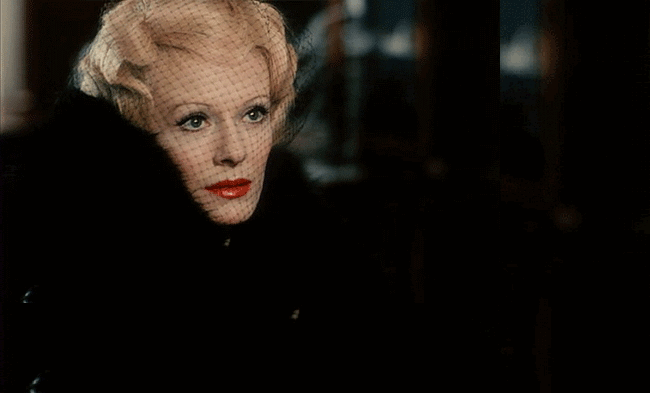
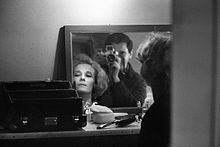
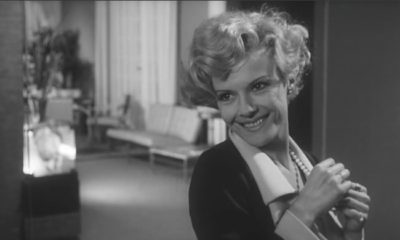

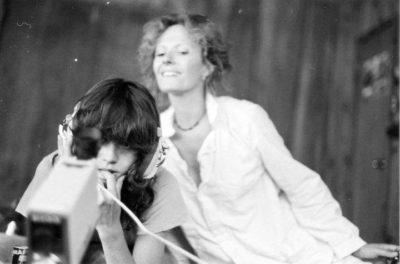
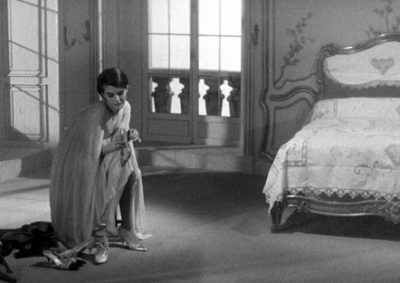


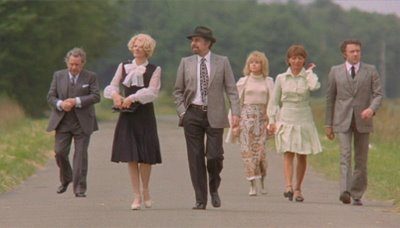
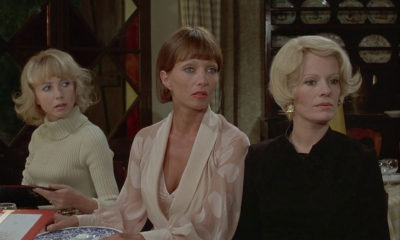
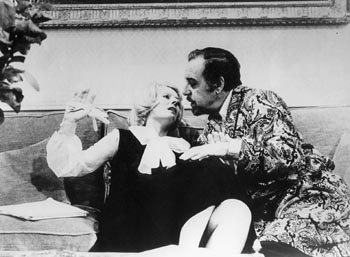

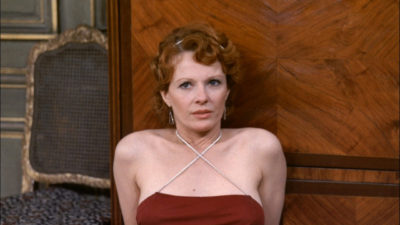
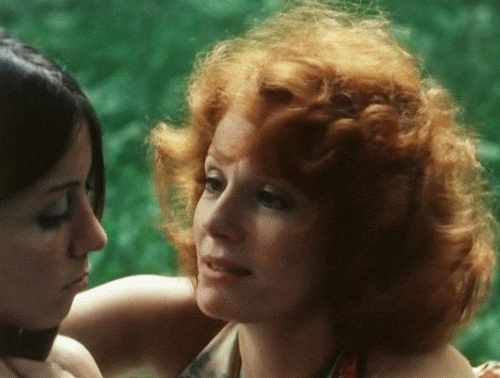
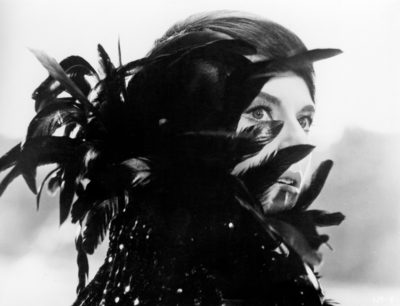

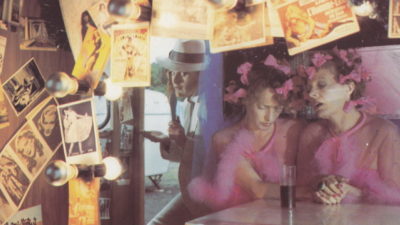






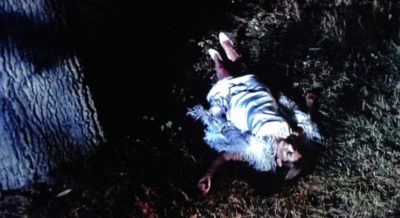
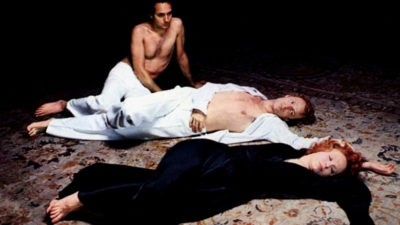
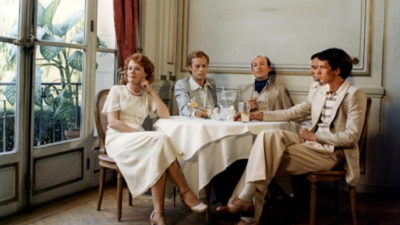
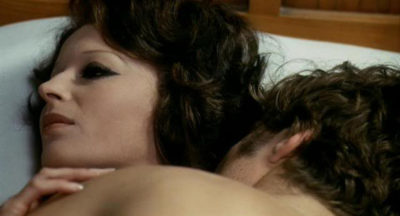
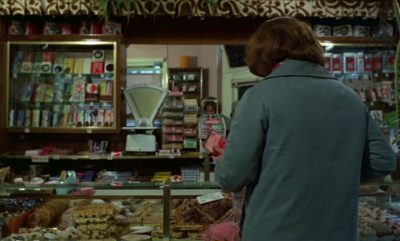
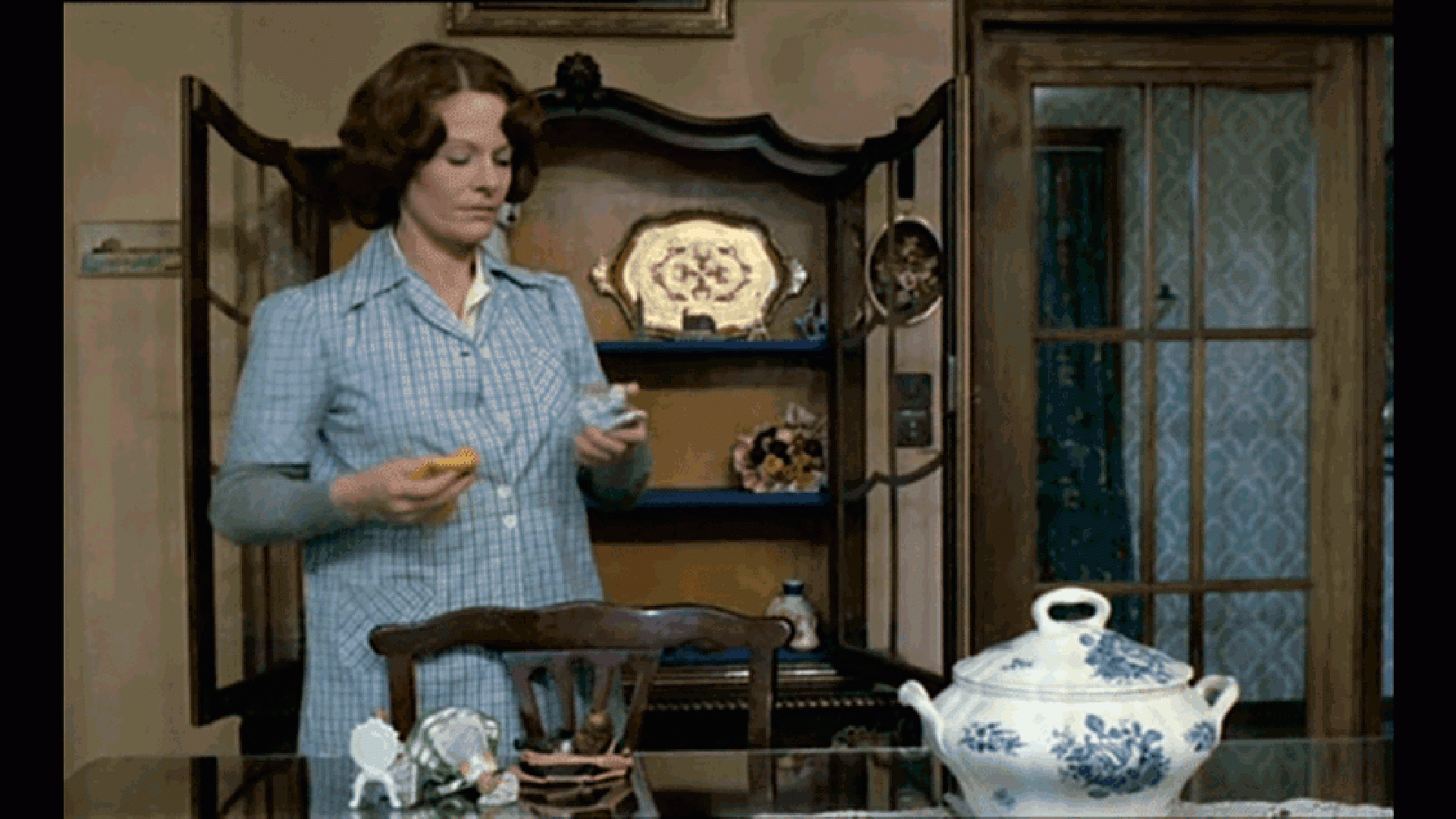
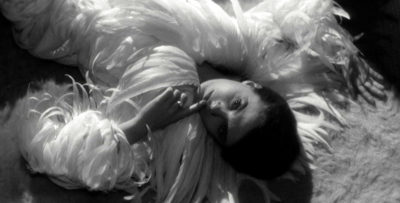
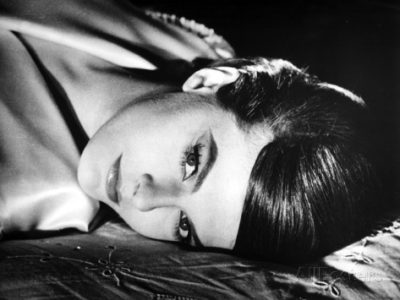

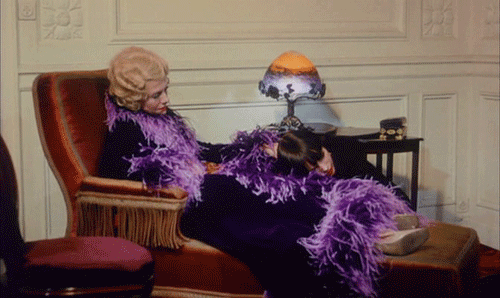
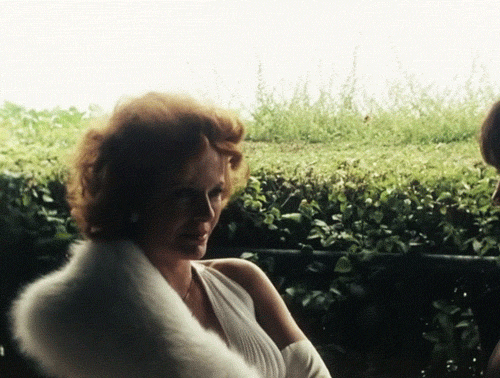
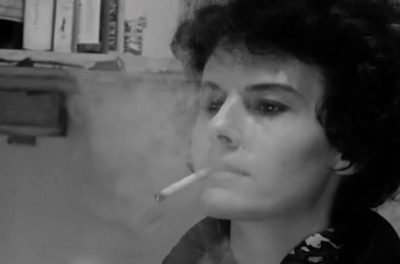
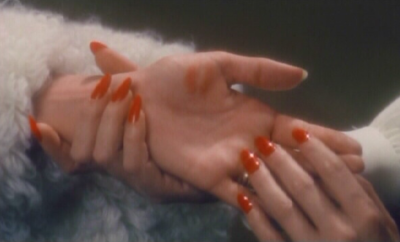

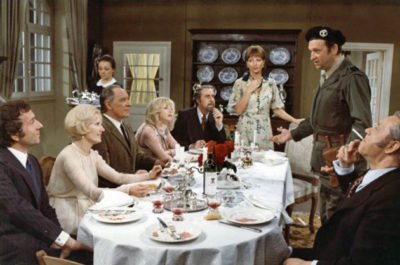
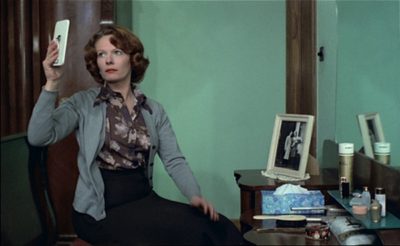

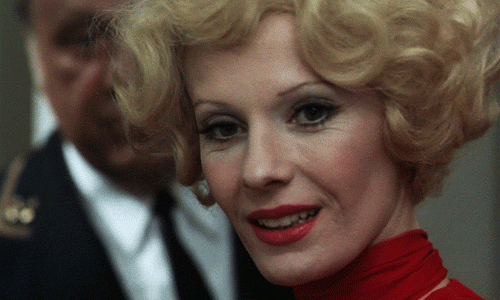
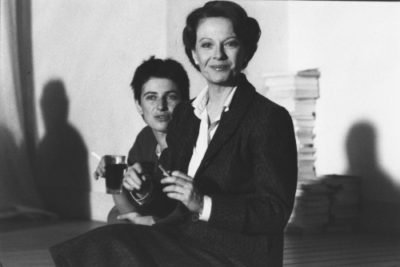
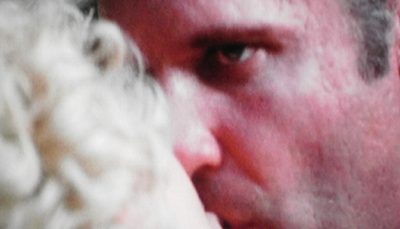
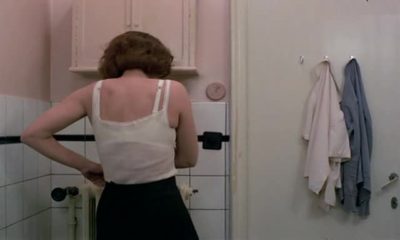


______
Further
Delphine Seyrig Filmography
Delphine Seyrig page @ Facebook
Delphine Seyrig: The Eternal Return
Delphine Seyrig @ The Fashion Spot
‘delphine seyrig is fucking amazing’ @ chained & perfumed
Delphine Seyrig @ Wikipedia
Mais qui est Delphine Seyrig?
DELPHINE SEYRIG, INCONNUE CÉLÈBRE
Delphine Seyrig @ The Criterion Collection
Audio: Le secret professionnel de Delphine Seyrig et des divas en voie de disparition
DELPHINE SEYRIG – CINESTRANGER
À propos de «Delphine Seyrig, portrait d’une comète»
Dephine Seyrig, de Marienbad au féminisme
MES INTERVIEWS IMAGINAIRES : DELPHINE SEYRIG
Delphine Seyrig @ Find a Grave
______
Extras
C’était quoi Delphine Seyrig?
Delphine Seyrig on feminism (in French)
Delphine Seyrig sings ‘Une fourmi et moi’ (1971)
Agnès Varda avec l’actrice Delphine Seyrig (1972)
Tombe de Delphine Seyrig au cimetière de Montparnasse
_______
Interview
from Sight and Sound
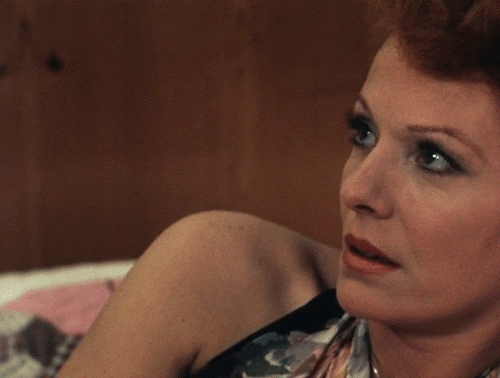
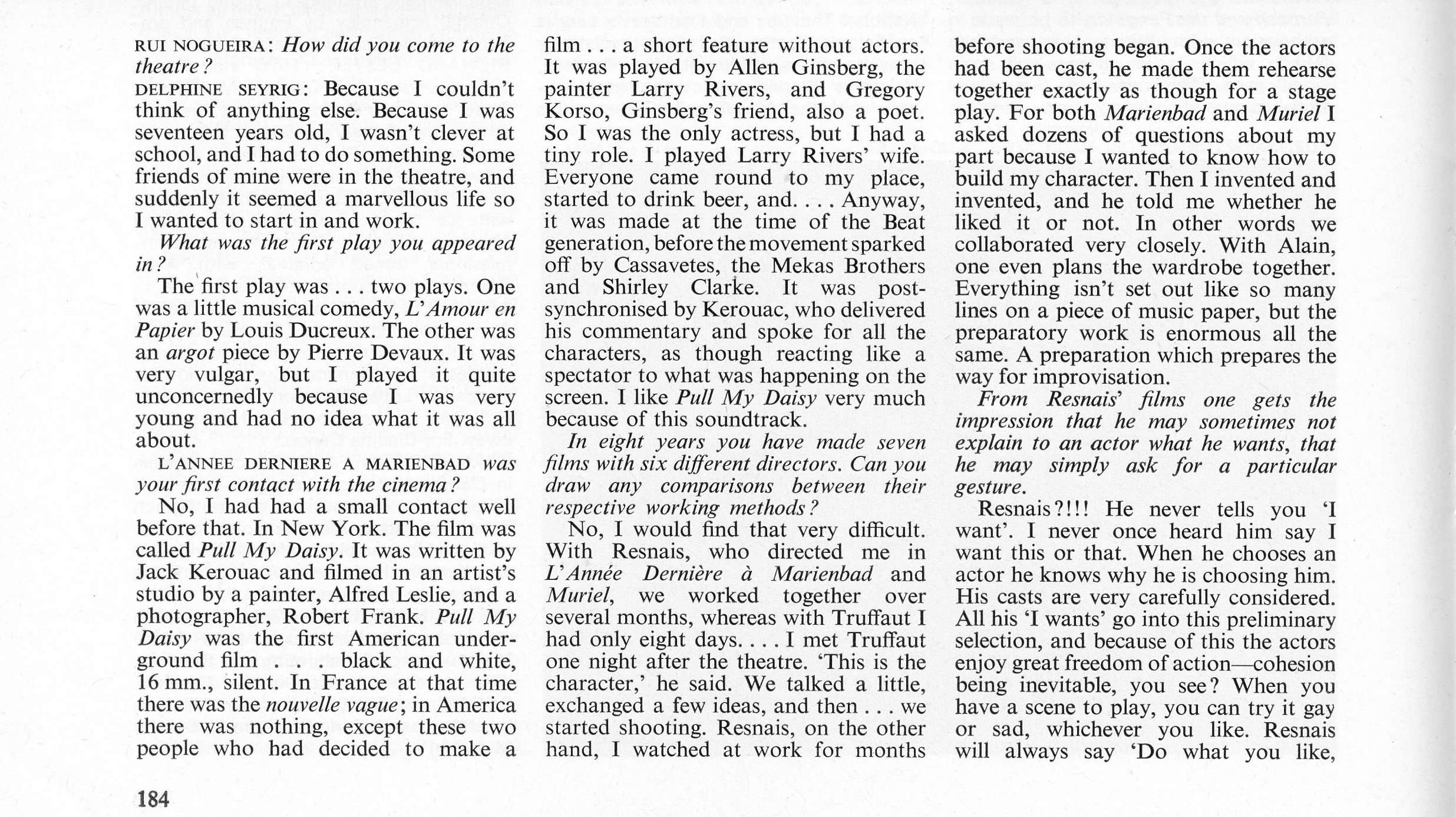
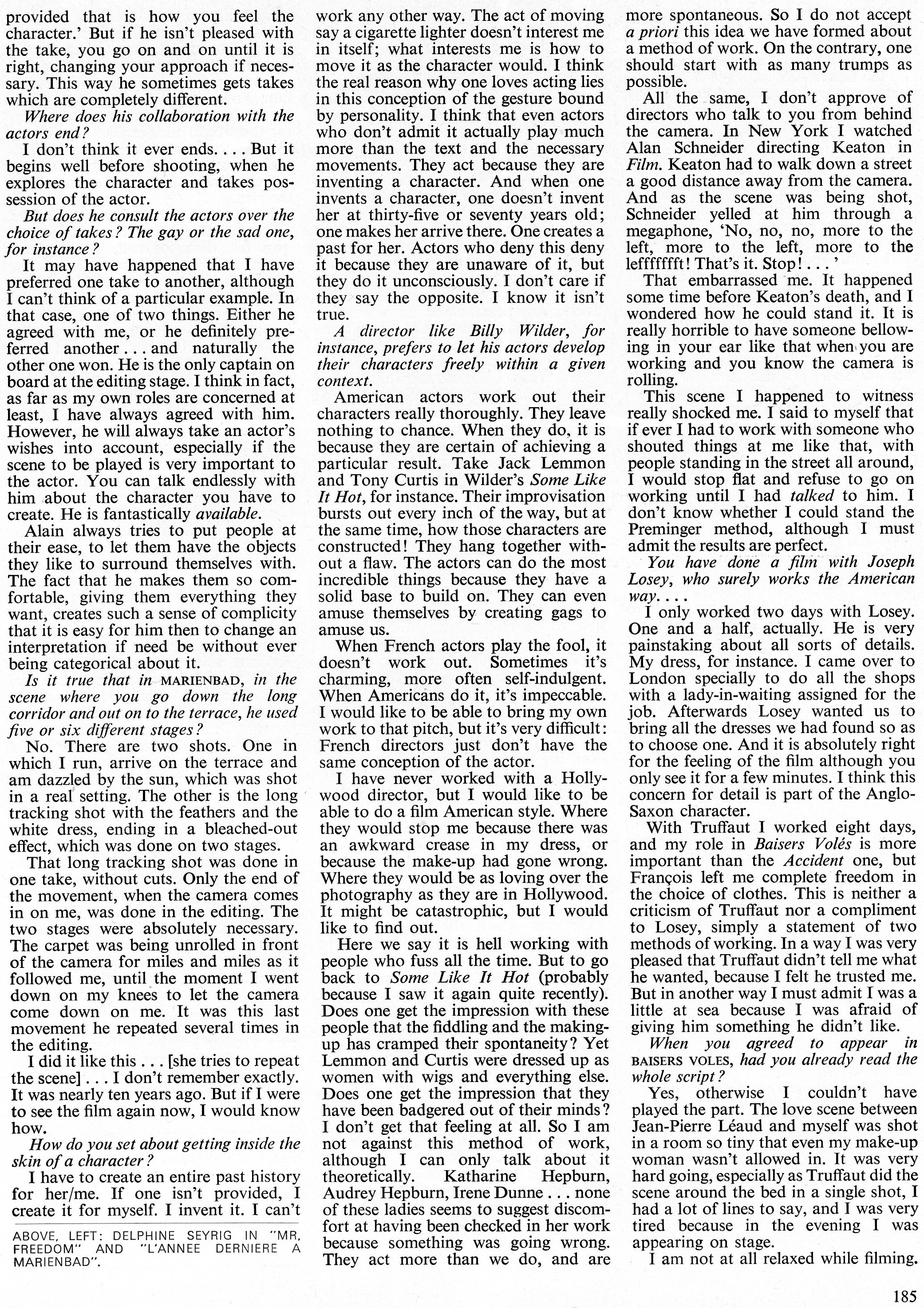
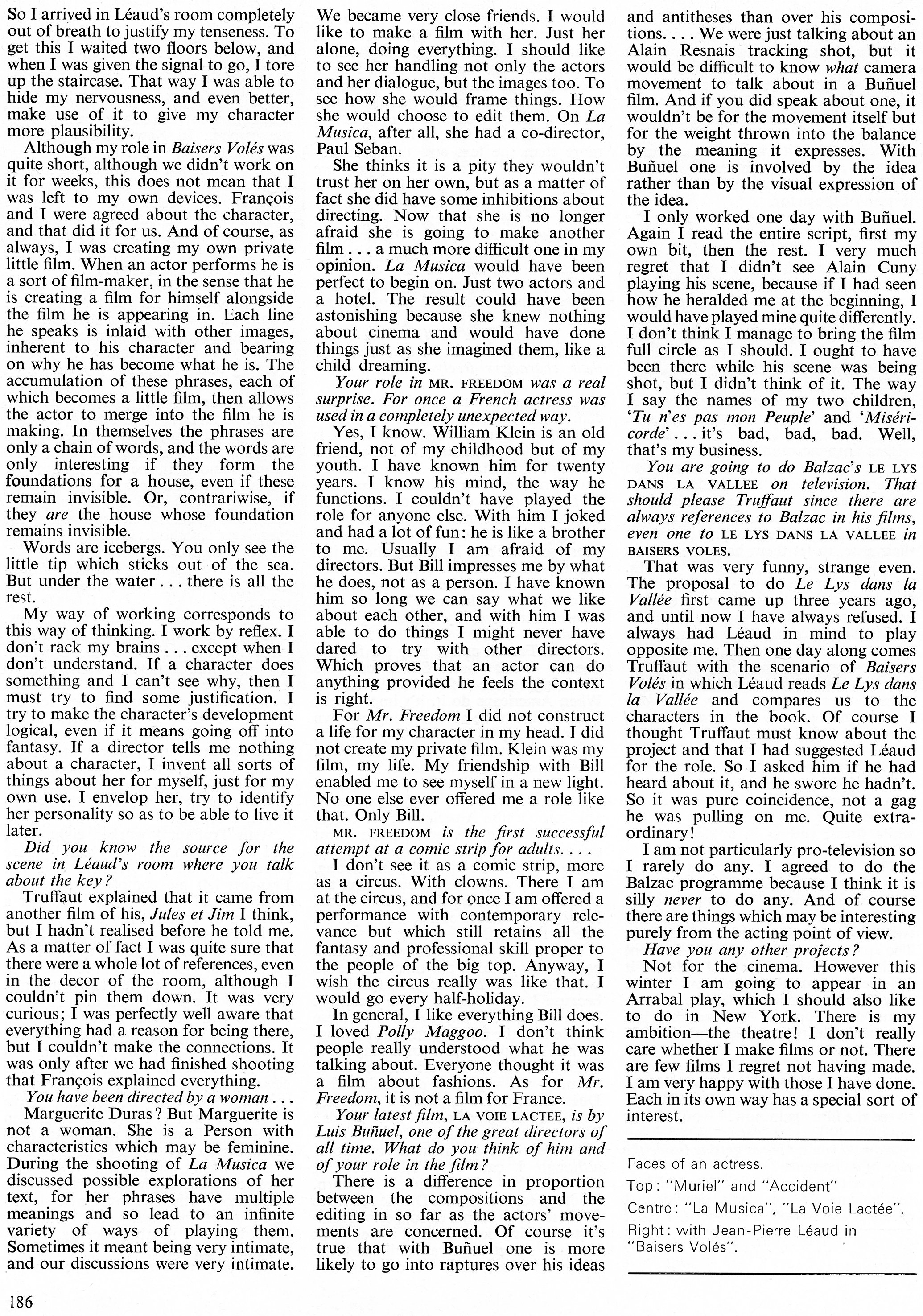
_____________________
21 of Delphine Seyrig’s 50 films
______________
Robert Frank and Alfred Leslie Pull My Daisy (1959)
‘In January 1959 Robert Frank and Alfred Leslie started production on Pull My Daisy. It was a defining moment for Robert: a statement of an artist continuing along his own path, seemingly changing horses in midstream. His book of photographs The Americans had just been published the year before. As a still photographer, Robert had previous directorial experience working with models and settings for assignments and advertising work in the magazines. He had also started a few experimental personal short films. Pull My Daisy brought together neighbors and painters from the local downtown art world who had agreed to perform in a scene from a Jack Kerouac play (the Beat Generation which was never produced). It was an odd mixture of beat poets, Allen Ginsberg, Gregory Corso, and Peter Orlovsky, who played themselves, and painters such as Larry Rivers playing Neal Cassady (Milo), his wife Carolyn played by ‘Beltiane’ who in reality was a famous European actress Delphine Seyrig (Last Year At Marienbad). Others in the cast included the Bishop ‘Mooney Peebles’, really Dick Bellamy, an artist’s dealer and gallery director, the bishop’s mother played by Alice Neel, a painter, the Bishop’s sister played by Sally Gross, a dancer, musician David Amram playing jazz legend Mezz McGillicuddy, and a touching appearance by Robert Frank’s little son Pablo. After the film was edited, Jack Kerouac came in and recorded a voice-over narration, which is a classic in spontaneous improvisation.’ — John Cohen
the entire film
______________
Alain Resnais Last Year at Marienbad (1961)
‘Hailed as a triumph of the modernist aesthetic, Last Year at Marienbad is formally severe and utterly modernist. Its characters are nameless and locked in a zone of their own, a zone that may not even be of this world. At a baroque resort, an unnamed man “X” tries to convince an unnamed woman “A” that they had an affair last year and agreed to meet at the resort and leave her current paramour “M”. She doesn’t remember him at all, but what he tells her has the power to create a past for her and to blend it into her present. They are all caught up in a surreal loop of disjointed time. The characters move like somnambulists through a hermetically sealed world that seems totally surreal. Reading the obsessively thorough screenplay, one gets the feeling that Alain Robbe-Grillet is striving to remain faithful to some unnamed rubric whose invisible influence shapes every move his characters make.’ — Senses of Cinema
Trailer
The Making of ..
______________
Alain Resnais Muriel, or The Time of Return (1963)
‘Alain Resnais’s Muriel, or The Time of Return, the director’s follow-up to Last Year at Marienbad, is as radical a reflection on the nature of time and memory as its predecessor. The always luminous Delphine Seyrig stars as an antique shop owner and widow in Boulogne-sur-Mer, whose past comes back to haunt her when a former lover reenters her life. Meanwhile, her stepson is tormented by his own ghosts, related to his service in France’s recently ended war in Algeria. Featuring a multilayered script by Jean Cayrol and inventively edited to evoke its middle-class characters’ political and personal realities, the fragmented, emotionally powerful Muriel reminds viewers that the past is always present.’ — Criterion Collection
Trailer
the entirety
_______________
Joseph Losey Accident (1967)
‘Here we have the most successful film by the strongest English exponent of the ‘Art’ picture in the ’60s, Joseph Losey. When Accident came out it was heralded as a masterpiece, the finest work yet from the American left-wing director who started over again in England after being blacklisted in Hollywood. As much a Harold Pinter creation as Losey’s, Accident is an intriguing drama among some unusually tight-lipped people, perhaps weighed too heavily in the direction of Meaningful Emptiness, but always engaging and emotionally suspenseful.’ — DVD Savant
Excerpt
Excerpt
_____________
Francois Truffaut Stolen Kisses (1968)
‘”[It is] quite simply a film that hopes to resemble a song,” Truffaut said of Stolen Kisses, and it was a measure of Truffaut’s dedication to cinema (or indifference to the world) that he produced this insouciant work as Paris erupted in the student riots of 1968. Kisses sends the director’s alter ego Antoine Doinel (Jean-Pierre Léaud), now a gawky 20-year-old, on a twin search for the perfect woman and the ideal job — he must chercher la femme and chercher le boulot. Kicked out of the army, Antoine finds employment as an apprentice detective, and is hired by a man to find out why nobody likes him. The chic, vivacious Delphine Seyrig plays the unhappy man’s wife, with whom a bedazzled Antoine falls head over heels in love. Watch for the sly opening homage to Psycho, along with other typically Truffautian cinephilic jests. “Strong, sweet, wise and explosively funny” (Vincent Canby, The New York Times); “Entirely beguiling … tender, hilarious, graceful, reticent” (Penelope Houston).’ — TIFF
Excerpt
the entirety
______________
Luis Buñuel The Milky Way (1969)
‘The first of what Luis Buñuel later proclaimed a trilogy (along with The Discreet Charm of the Bourgeoisie and The Phantom of Liberty) about “the search for truth,” The Milky Way (La voie lactee) daringly deconstructs contemporary and traditional views on Catholicism with ribald, rambunctious surreality. Two French beggars, present-day pilgrims en route to Spain’s holy city of Santiago de Compostela, serve as Buñuel’s narrators for an anticlerical history of heresy, told with absurdity and filled with images that rank among Buñuel’s most memorable (stigmatic children, crucified nuns) and hilarious (Jesus considering a good shave). A diabolically entertaining look at the mysteries of fanaticism, The Milky Way remains a hotly debated work from cinema’s greatest skeptic.’ — The Criterion Collection
Trailer
Excerpt
_____________
William Klein Mr. Freedom (1969)
‘William Klein moved into more blatantly political territory with this hilarious, vicious Vietnam-era lampoon of imperialist American foreign policy. Mr. Freedom (John Abbey), a bellowing good-ol’-boy superhero decked out in copious football padding, jets to France to cut off a Commie invasion from Switzerland. A destructive, arrogant patriot in tight pants, Freedom joins forces with Marie Madeleine (a satirically sexy Delphine Seyrig) to combat lefty freethinkers, as well as the insidious evildoers Moujik Man and inflatable Red China Man, culminating in a star-spangled showdown of kitschy excess. Delightfully crass, Mr. Freedom is a trenchant, rib-tickling takedown of gaudy modern Americana.’ — Criterion Collection
the entirety
_____________
Jacques Demy Donkey Skin (1970)
‘Jacques Demy’s original musical fantasy Donkey Skin offers many delights, from its opulent set and costume design to the luminous Catherine Deneuve in a dual role (playing both the Queen and her daughter Princess “Donkey Skin”) and Jean Marais, still effortlessly commanding the screen a quarter century after Jean Cocteau’s Beauty and the Beast. In fact, this film allows Demy to pay loving tribute to Cocteau, one of his favorite filmmakers, whose spirit permeates almost every frame. Demy wrote both Donkey Skin’s screenplay and lyrics directly for the screen, collaborating with his longtime musical collaborator Michel Legrand, who scored ten of Demy’s fifteen features, including The Umbrellas of Cherbourg. In this film, Seyrig is given, metaphorically, only one note to sing as the Princess’s sassy supernatural helper. But Demy seems less interested in giving the Lilac Fairy any kind of a resonant characterization than in paying homage to an even earlier (French) tradition of film fantasy, namely, the pioneering special effects of Georges Méliès (1861–1938). Note the many times the Lilac Fairy “magically” changes costumes during her patter song: Demy, like his distant predecessor, simply stops the camera, has Seyrig change costume, then continues shooting.’ — Jim’s Reviews
Excerpt
the entirety
_____________
Harry Kümel Daughters of Darkness (1971)
‘Made in 1971, Daughters of Darkness feels a lot more like Nicolas Roeg’s thriller Don’t Look Now than anything Hammer was making at the time. Set in an off-season Belgian seaside resort hotel, the film has a very small cast and a relatively low body count, but it has an air of gloom and doom and strange surrealism permeating the entire film. Director Harry Kümel used historical events of real so-called vampires and weaved them in with a story about very disturbed individuals who seem perfectly happy at first but then their true proclivities come to the surface when a vampire countess and her familiar. Daughters of Darkness lacks the violence and gore of many of its vampire contemporaries but ends up being exceedingly more troubling and interesting. The vampires are shown to be the evils of high-society, the excesses of Western aristocracy turned into blood rituals. Countess Bathory isn’t depicted as deviant because she’s a lesbian but rather because she manipulates and corrupts the youth of the world for her own use. Ilona isn’t her friend but her slave, and Valerie isn’t a love interest but a prize to be won. It’s a strange, troubling, and thought-provoking movie.’ — The Nerdist
Trailer
Excerpt
_____________
Luis Bunuel The Discreet Charm of the Bourgeoisie (1972)
‘The Discreet Charm of the Bourgeoisie is an episodic savaging of the well-to-do French middle-class. An old surrealist, Bunuel builds a puzzle box of a movie, full of stories within stories, dreams within dreams. At several points, we cut to one of his dyspeptic gentlemen waking from sleep, horrified by what he–and by extension, we–just saw. Amusingly, the dreams often go several scenes back, including another guy waking up in bed, so that the second dreamer was actually imagining the first dreamer and his disturbing vision. Not unlike watching a film where the characters might suddenly become aware they are being watched. Or if the viewer could turn around and discover that he or she is being filmed.’ — Criterion Collection
Trailer
Excerpt
______________
Don Siegel The Black Windmill (1974)
‘The Black Windmill is a 1974 British thriller directed by Don Siegel, based on the novel Seven Days to a Killing by Clive Egleton and starring Michael Caine as MI-6 agent John Tarrant whoes son is kidnapped. The ransom is half a million pound sterlings in uncut diamonds which is the exact amount that MI-6 prepared for funding some operation. Only special service personnel is aware of the diamonds, and Tarrant’s boss Cedric Harper (Donald Pleasence) suspects that Tarrant himself staged the kidnapping.’ — imfdb
Trailer
the entirety (in Italian)
_____________
Chantal Akerman Jeanne Dielman, 23 Quai du Commerce, 1080 Bruxelles (1976)
‘Jeanne Dielman, 23, quai du Commerce, 1080 Bruxelles is Chantal Akerman’s masterpiece, a mesmerizing study of stasis and containment, time and domestic anxiety. Stretching its title character’s daily household routine in long, stark takes, Akerman’s film simultaneously allows viewers to experience the materiality of cinema, its literal duration, and gives concrete meaning to a woman’s work. We watch, for three hours and twenty-one minutes, as Jeanne cooks, takes a bath, has dinner with her adolescent son, shops for groceries, and looks for a missing button. Each gesture and sound becomes imprinted in our mind, and as we are lulled by familiar rhythms and expected behavior, we become complicit with Jeanne’s desire for order. The perfect parity between Jeanne’s predictable schedule and Akerman’s minimalist precision deflects our attention from the fleeting signs of Jeanne’s afternoon prostitution. They nevertheless loom at the edge of our mind, gradually building unease. Jeanne Dielman constitutes a radical experiment with being undramatic, and paradoxically with the absolute necessity of drama. Made in 1975, when the artist was only twenty-five years old, the film upped the ante on neorealism’s mandate of “social attention.” Akerman’s real-time, matter-of-fact presentation of a woman’s everyday seemed to mock the timidity of the neorealist demand for “a ninety-minute film showing the life of a man to whom nothing happens.” In postwar film and video, banal kitchen scenes (in Umberto D., 2 or 3 Things I Know About Her, Semiotics of the Kitchen) are signs of an inclusive realism, a new politicized energy. Akerman’s “images between images,” those scenes neglected in conventional representation, gave this impulse a strong feminist accent. But more than a corrective to traditional cinema, Jeanne Dielman is a lesson in structural economy: the full visibility given to daily tasks exacts, as its cost, the more sensational scenes of Jeanne’s prostitution. These encounters last the time it takes to cook dinner.’ — The Criterion Collection
Excerpt
Jeanne Dielman (1975) filming
____________
Marguerite Duras India Song (1975)
‘Of all the films that Marguerite Duras wrote and directed over two decades – from La Musica (co-directed with Paul Seban) in 1966 to Les Enfants in 1985 – India Song was the only one to enjoy any sort of popular success. A small box-office hit in France in the mid 1970s, it remains a minor cult movie to this day. It is easy or, rather, impossible not to be seduced by the film’s lustrous visual surface and its deceptively hummable tango-inflected score. A quintet of swooningly gorgeous actors, led by an impossibly chic Delphine Seyrig, drift about in a lavish Art Nouveau villa. They sip champagne from crystal goblets, puff languorously on cigarettes and dance sedately to Carlos D’Alessio’s catchy tunes. They slip, at odd moments, out of their clothes (courtesy of Cerruti 1881) to pose in some vaguely eroticised tableaux vivants. None of the actors speak; instead, voices from off-screen comment on the action in hushed, reverent tones. Whoever these unknown speakers may be, they seem to enjoy the wondrously outré spectacle as much as we do. To quote David Thomson, India Song has “levels of nouveau roman and fashion show” that no fan of hardcore cinematic glamour could hope to resist.’ — Senses of Cinema
Excerpt
Excerpt
Excerpt
______________
Carole Roussopoulos & Delphine Seyrig SCUM Manifesto (1976)
‘Scum Manifesto is the title of a 1976 short film based on Valerie Solanas’s manifesto/book of the same name, and directed by Carole Roussopoulos and Delphine Seyrig. In the film, Seyrig reads several passages from a French translation of Solanas’s manifesto.’ — collaged
the entirety
_____________
Marguerite Duras Her Venetian Name in Deserted Calcutta (1976)
‘A deeply sensitive introspection around the themes of presence and absence, memories, life, love, death and permanence. Not a movie to see, but sensations to live. Something about what can’t be said or show. If you don’t like it, your are only half living. If you like it, you are already half dead. A unique magical object. Sad and beautiful. Pure poetry.’ — IMDb
the entirety
______________
Marguerite Duras Baxter, Vera Baxter (1977)
‘Writer-director Marguerite Duras creates a languid drama on the travails of love. In contrast to the slow-moving tale about the love life of a lethargic woman, Vera Baxter (Claudine Gabay), a long-suffering mom of three, there’s the snazzy flute score by Carlos D’Alessio that plays throughout and it starkly contrasts the downbeat story.’ — Dennis Schwartz
Trailer
Excerpt
______________
Ulrike Ottinger Freak Orlando (1981)
‘Freak Orlando is a trip into what cinema can be if you are uncompromising enough to be daring: A feast for the eyes and a chain of creative explosions of art direction, mise-en-scène, costumes, situations, associations, citations, imaginations and insanity. Based loosely on the Virginia Woolf novel Orlando and Tod Browning’s 1932 cult film Freaks, the film sends the unique Magdalena Montezuma (who you might know from the films of Rainer Werner Fassbinder or Werner Schroeter) on a journey of constant transformation and change. Some stations of her odyssey are a nightly park filled with illuminated electric stoves, a banquet on the top of a gasometer, a psychiatric home and, finally, a contest for the ugliest people of “Freak City”. Ottinger uses the freak as a metaphor for society’s outsiders when she draws from art and film history, sociology, women’s and gay rights and creates a truly queer exploration of sex, gender and the body. She uses these as sites of cinematic constructions and fantasies. Bearded women and self-scourging leather gays are accompanied by Japanese dancers and so-called midgets. Disabled bodies, Siamese twins and old men in black wedding dresses belong to Ottinger’s enigmatically crazy inventory as much as crucified opera singers, hermaphrodites and naked servants who are all part of a festive congregation in an abandoned, half-filled indoor pool. All this is arranged as a form of theatrical performance that is seen through the camera eye of a photographer and arranged as tableaux of great attraction and beauty that are cinematically orchestrated like an opera.’ — Toby Ashraf
Excerpt
______________
Delphine Seyrig Be Pretty and Shut Up (1981)
‘In 1976, French actress Delphine Seyrig interviewed 22 actresses (Ellen Burstyn, Maria Schneider, Juliet Berto, Jane Fonda, Shirley McLaine, et al) about their role in the movie industry, and the demand to “be beautiful and shut up”.’ — MUBI
Excerpt
Excerpt
Excerpt
______________
Chantal Akerman Golden Eighties (1986)
‘After her successes in the 1970s, Chantal Akerman turned toward the pleasures of popular cinema with a playful series of comedies and love stories, culminating in this extraordinary multi-character musical, set entirely in a shopping mall. A stylish, bittersweet look at the romantic tribulations of an assortment of shop owners and retail workers, the film evokes The Umbrellas of Cherbourg in its charm, but with a distinctly feminist bent. With songs co-written by Akerman and Marc Herouet, the film leads us through the tangled predicaments of clothing-shop owner Jeanne (Delphine Seyrig), who finds herself torn when her long-lost G.I. love, Eli (filmmaker John Berry), looks her up after 40 years; her son Robert (Nicolas Tronc), who is infatuated with Lili (Fanny Cottençon), a salon manager who in turn is having an affair with its owner, married gangster Monsieur Jean (Jean-François Balmer); hairdresser Mado (pop singer Lio), who has a crush on Robert; and coffee-bar proprietor Sylvie (Myriam Boyer), who pines for her boyfriend who’s gone to work in America. For this utterly delightful passion project, which she described as a postmodern cross between women’s cinema, Jewish literature, and musicals, Akerman collaborated with an extraordinary/unlikely dream team of writers—Desperately Seeking Susan screenwriter Leora Barish, veteran Truffaut/Rivette/Resnais scenarist Jean Gruault, former Cahiers du Cinéma critic Pascal Bonitzer, and filmmaker Henry Bean (The Believer).’ — Film Society Lincoln Center
the entirety
_____________
Chantal Akerman Letters Home (1986)
‘Akerman’s rarely screened adaptation of Rose Leiman Goldemberg’s off-Broadway play, based on Sylvia Plath’s letters to her mother, is a compelling example of stage-to-film transcription. Enacted by Jeanne Dielman star Delphine Seyrig and her niece Coralie Seyrig, this exposition of one of the director’s key themes—the bond between mother and daughter—is rich with personal resonance.’ — BAM
Trailer
Excerpt
_____________
Ulrike Ottinger Joan of Arc of Mongolia (1989)
‘In this tri-lingual epic, seven western women travel in the Trans-Siberian Railroad and are kidnaped by a tribe of Mongolian female warriors. As fantastic as this tale sounds, it is as much substantiated by historical and ethnographical research as it is just another one of Ottinger’s fictions of transformation, metamorphosis and the problem of dealing with otherness. In this film these strands are most benignly brought together and woven into a scintillating tapestry of cultural interrelation. Where railroad and caravan meet – both metaphors for trans-formation – the intitial clash, the fear of the uncertain other continent, turns into festivities as a result of receptive and accepting attitudes. Instead of combatting each other, customs and costumes reflect each other as in a mirror.’ — Frieda Grafe
Excerpt
*
p.s. Hey. ** Steve Erickson, Hi. So sorry about the panic burst, hope you’re mellowed now. No, the pace of editing is going to vary wildly, I think. Right now we’re working on a long sequence that has a lot of dialogue, and with the dialogue heavy scenes we tended to do a large number of takes and angles/shots, so it gets laborious. Yesterday we spent most of the day working on one relatively short scene, and we still weren’t able to finish it. Bug chasing is definitely still a thing, but my impression is that a lot of the chasers are on prep so it’s more like fantasy bug chasing. ** _Black_Acrylic, Yes, who would have that thought that little porn had it in him? ‘Succession’ blab has wiped Tina Turner blab off the top of the social media topics chart, at least in my feed. ** Misanthrope, Sleep is everyone’s mama. I have yet to peep at Alcaraz because RG is unfortunately occurring at the same time as RT editing, so there is hardly a margin. I’ll look for Holger Rune — what a good name — but it sounds like I won’t have much trouble picking him out. ** Nick., Hi! I can count he number of times my knees have buckled at the sight of someone else on one hand so it sounds serious, ha ha, but seriously. Really? I’ve never seen ‘Almost Famous’ but I thought, yeah, it would be endearing or something. You were totally coherent but remember that I’m a big fan of experimental writing. ** David Ehrenstein, Video not available. That was fast. ** Bill, Isn’t that Buggles song sort of like ‘Home on the Range’-style eternal or something? Psst, he got responses, but they were boring, and I thought he deserved better aka nothing. The editing slowed to a crawl yesterday, but that’s reality. ** Mark, Dave Eggers started it? Huh. Dude’s all over the place. Exactly, about the animations. Yeah, I try not to think about it, but Fales’s destruction/censorship of my scrapbook still does make my blood boil. And its crudeness suggests it was done in a rage or something. Fucked up. Thanks for the commiseration. ** Okay. I’ve restored an old post about the great, great French actor Delphine Seyrig for you today. She rules. See you tomorrow.




 Now available in North America
Now available in North America 
Dennis, I thought Holger was German at first, but he’s a Dane. He’s kinda funny. Just really goofy in a lot of ways. His mom is part of his “team” and is always on the sidelines, and he’ll get to arguing with her, hahaha. I think he even got her kicked out once. Shit, he kinda reminds me of me the more I think about it… 😀
Oh, well, editing comes first. Duh. 😀 But a little tennis ain’t gonna hurt ya when you get a little time. 😀
I see my doc tomorrow. Just the regular 3-month med refill thing, though I’m gonna ask her what she thinks re: my possibly having another hernia. We’ll see.
Delphine Seyrig; beauty abd style madw masterpieces of such films a “Pull My Daist,” “Last Year at Marienbas” “Muriel,”” Jeanne Dielman” and “The Porteait of Dorian Frey in the Yelloe Ptrss” in her las year she bexame an etremely militant lesbian. Her last film was a recitation of Valerie Solanis’ “Scum Manifesto”
I adore Delphine Seyrig. For about two months, she was our neighbor in Topanga Canyon. I must have met her at least once, but I do not remember that. I remember my dad being a fan of hers, and when she moved in next door, that’s the ultimate Hollywood fantasy image, like a vintage I Love Lucy when Lucy meets a movie star. But what a fantastic life and career. I would love to read a serious biography of her.
I’m a fan of Daughters of Darkness. Woah, she has quite the varied CV. Will check out Donkey Skin on DVD I reckon.
great post! i’m new here. love jeanne dielman btw.
Hey Dennis – I’ve been away at a writing residency for the past 5 weeks and just got back. I was glad to see the filming went so well. I don’t know if you have time before you and Zac jump into editing, but I’d love to catch up via Zoom sometime if you’re around.
I’m working with Song Cave to put together a guest post on their amazing Bookworm book — with some exclusive content for the blog. Hope to have it finalized soon. I’ll email some details about that in a minute.
Things here are mostly good. Had to get stem cell surgery for my elbow, but it’s working and I should be 100% in another few months. Went to the stellar Big Ears festival and saw so much great music. Few high points: Robert Ashley’s Perfect Lives opera, performances by Carl Stone, Phil Niblock, Morton Subotnik, Annea Lockwood, Eliane Radigue, Bill Orcutt & Chris Corsano, John Zorn trio w/ Trevor Dunn and Dave Lombardo, etc etc.
Finished revisions of trilogy of new novels. Still more to do, but it’s really coming into focus.
How’re things w/ you? Have you had any time for fiction or theater work, or is it all about the film for the foreseeable future?
Hi! Less experimental toady I just walked around a pretty cute graveyard and have shoutouts and felt oddly good during and a lil after. Sorta writhing peacefully in a club that’s going pretty crazy music wise pretty early! What’s new with you and I need some career advice what’s an easy way you found to make cash easy inbetween all the crazy good writing and art stuff money is like not ever on my mind it’s way to dumb but means alot and is really lame so also a fun story or something talk soon wish you well!
Helloo! OH yeah the dino! Yes, the reason why I am always changing that is so I can find my name easier! Ive also been really thinking about that Elephant Tyke who ran away from the circus. She’s been in my head alot.
You told me about the pigeons, I think I said to say hi to them the last I remember. Do u know some French? There was this carrier pigeon during ww2 they named Cher Ami . I think they were taxidermied haha. I saw a turtle today on the road and I had to get someone else to pick him up for me because his shell was chipped and his organs I could see pulsing and it made me sad. Or that’s how I remember it. Oh! That’s great you liked it! A blog solely dedicated on pigeons would be funny, I am not sure that’s what you meant, but still! I have been reading a book called Laika’s Window about the soviet cosmonaut dog program and its really good but I stopped reading it for a bit because it made me sad when the dogs were introduced and then died the next page. Its a really interesting, informative take on animal sacrifices for the name of science etc. Oh there’s one more thing I wanted to ask! But idk if its too weird or unusal–its nothing creepy or serious…It has to do with this big plan of what happens next with the book but i’ll mention it tomorrow if you are ok with that. I hope I kept this really positive and not unbearable to read.